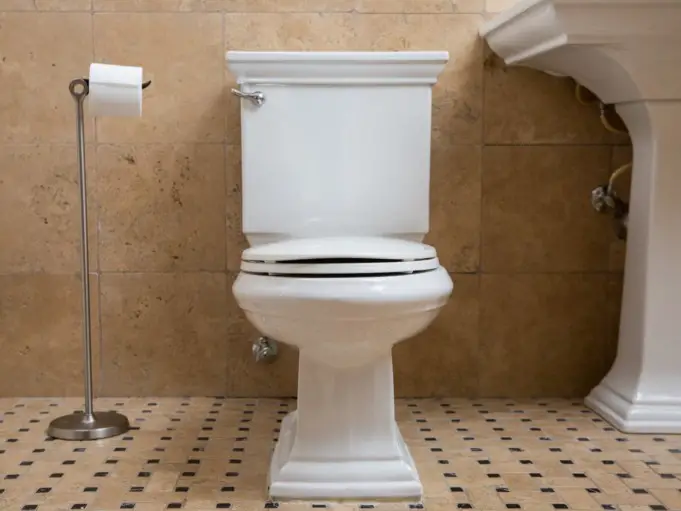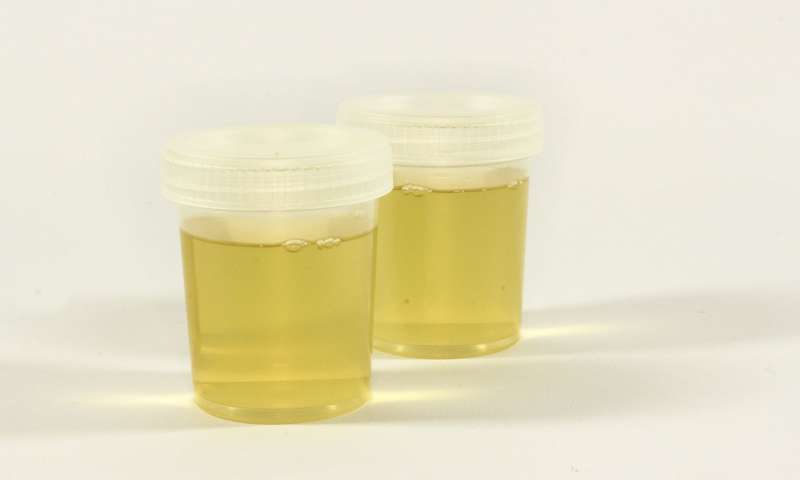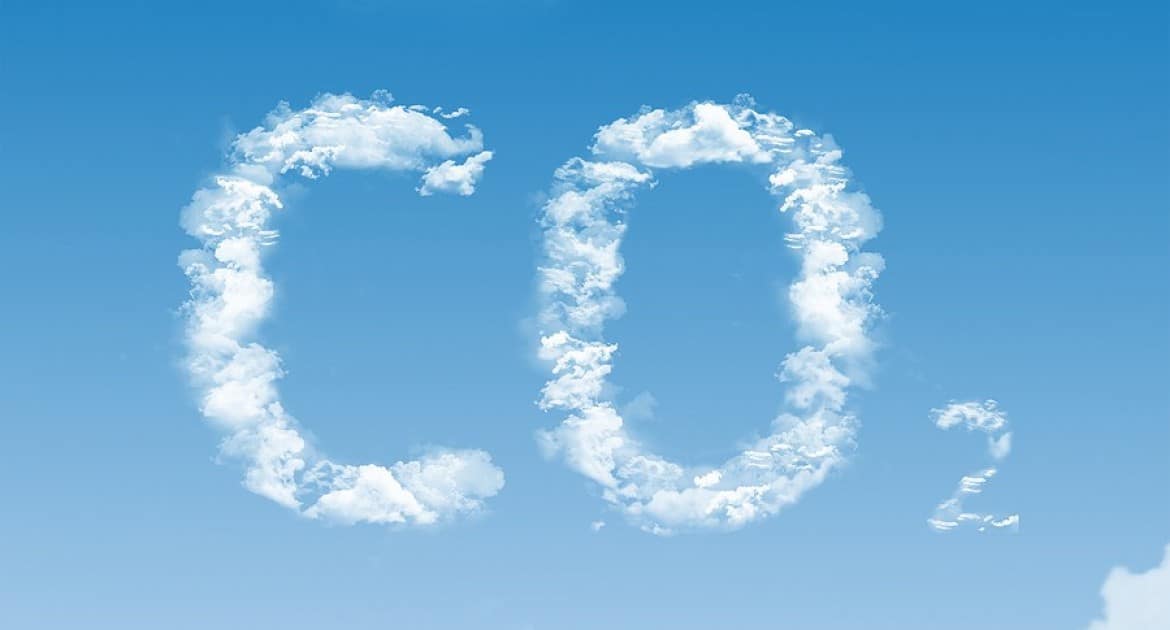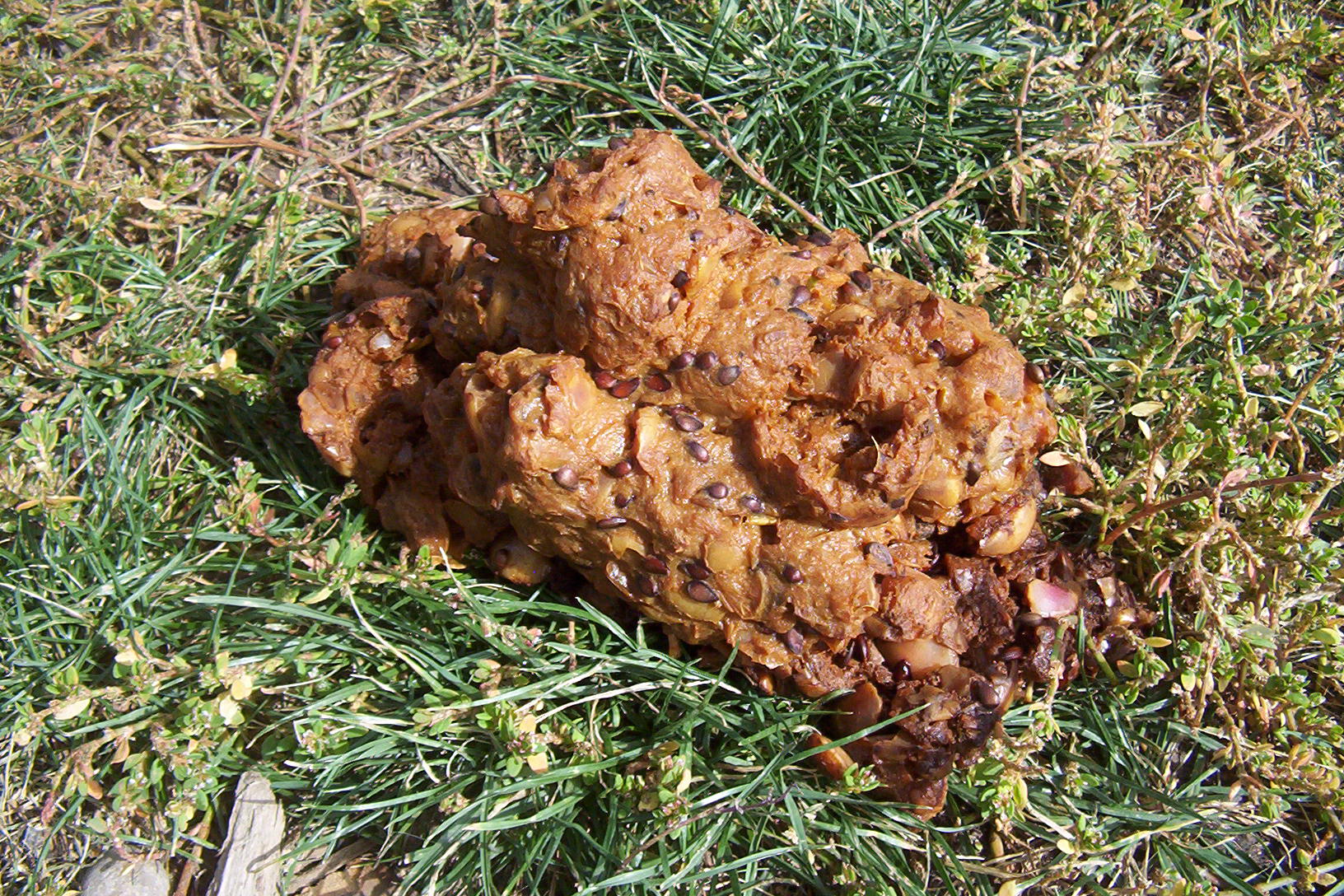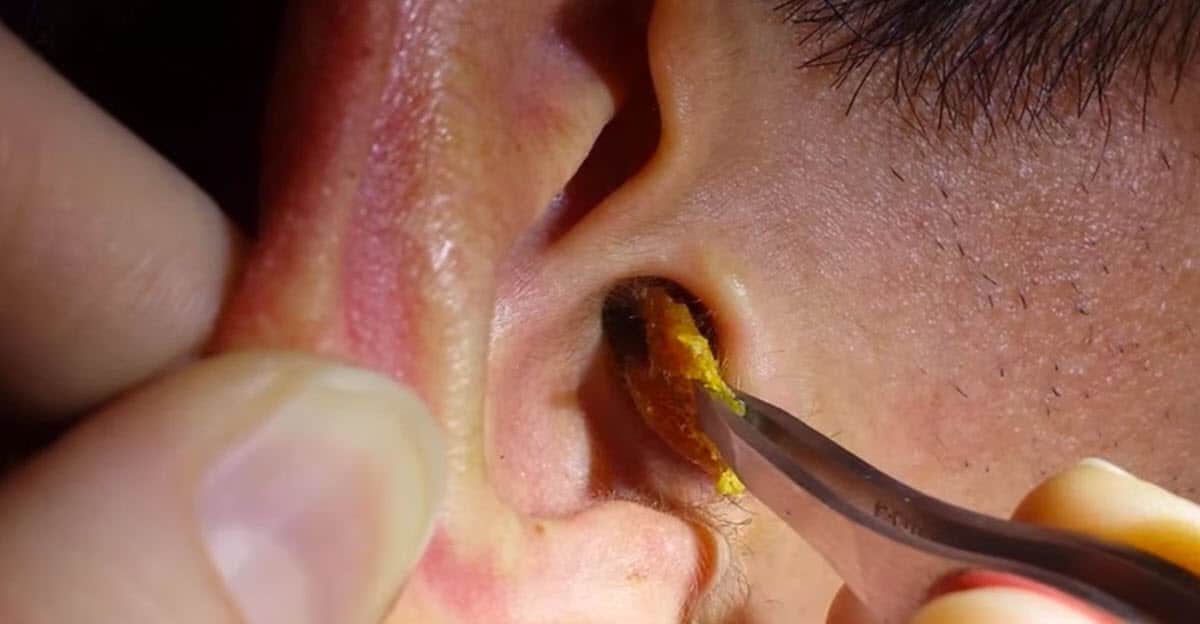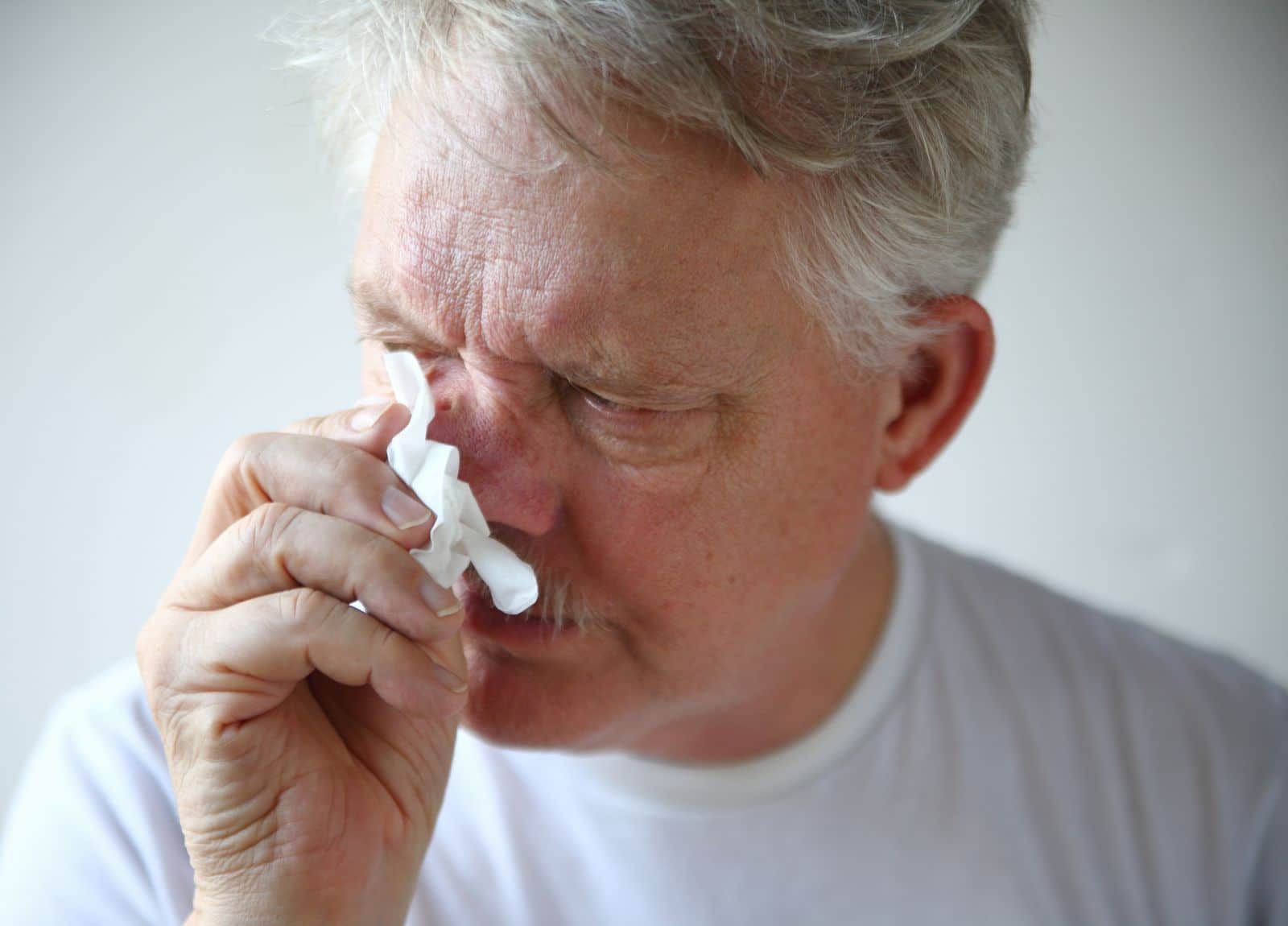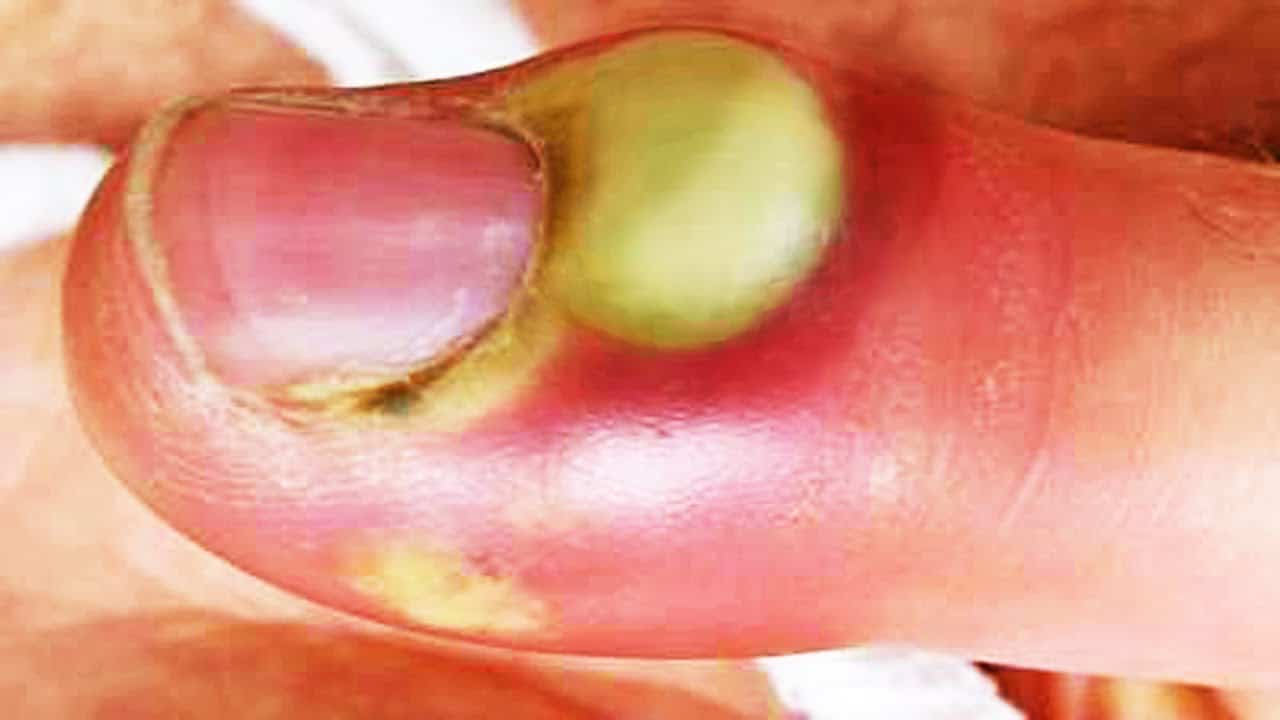The human body needs food in order to stay healthy. Not all of the food that is consumed is used by the body. This material becomes a waste. The body has ways to get rid of different types of body waste.
There are special glands and organs that are dedicated by removing waste and by-products that the body does not need. There are different types of body waste and several ways that the body is able to get rid of it.
1. Urine
The human body is 60 percent urine and the fluids need to be replaced and flushed out. The excretory system will also pass urine to keep the salt levels in the body from building up.
The toxins that are removed from the kidneys will also be flushed out with the urine. The urine will be held in the bladder until it is released. It will leave the body through the urethra.
2. Carbon Dioxide
When the body inhales air it is a mixture of oxygen, nitrogen, argon, and carbon dioxide. The oxygen is needed by the body, but the other gases are not.
The body makes carbon dioxide when food is turned into energy. When the lung exhales the carbon, dioxide is removed from the body and released back into the air. This is done by simply breathing.
3. Feces
When the body digest food it is turned into a thick liquid that is called chyme. This will make it ways to the small intestines where the acids from the stomach are neutralized. Part of the liquid is absorbed by the body and circulates to the cells.
Anything that is left over is passed to the small intestines. Here the feces will be passed when a person releases them in the bathroom. It takes around 24 hours for the body to make feces and make its way from the mouth to the rectum.
4. Earwax
The ear canal is able to keep dirt and unwanted material from entering the ear. The impurities get trapped in earwax which is created by special glands in the ear. This wax will also prevent infection.
The wax will need to be removed from time to time. while it is tempting do not stick anything in the ear to remove it. The body will be able to remove earwax on its own.
5. Nasal Discharge
Nasal discharge is commonly known as snot. This is the dirt and other particles that get trapped inside the nose.
The nose hairs will not allow this matter to enter the body and it will build up in the nostrils. It is easy to blow it out into a tissue. If the discharge is green in color it is best to see a doctor. This may be the sign of an infection.
6. Tears
Dirt and other debris can get into the eye and tears is a method the body uses to remove this and protect the eye. Tears are also needed to keep the eye moist and help prevent infection.
7. Sweat
The body produces sweat when it begins to overhear or even when a person gets nervous. The hypothalamus in the body is responsible for regulating the temperature in the body. When the body gets too hot the sweat glands are activated to produce sweat.
Sweat can also help the body release extra salt, sugars, and even ammonia. The sweat is moved to the surface of the skin and evaporated. This will help cool off the body.
If a person sweats a lot, they need to drink plenty of water to keep the body hydrated. Sweat can have an unpleasant scent so deodorant can be used to reduce the smell.
8. Gas
There are bacteria that are naturally found in the intestines. They help the body break down food. When the bacteria break down the food, they can create a by-product. This by-product will need to leave the body. It can pass out of the mouth as a burp.
When the gas is able to go through the intestines it can pass out of the rectum. This is known as flatulence or simply a fart. When this happens, the gas has been in the body for a longer time period. It can also produce an unpleasant odor.
9. Vomit
There are some things that can cause the stomach to become upset and it will want to remove the content that is in it. Viruses can also make the stomach upset.
When the stomach needs to eliminate its content, the muscles will squeeze together. This will push the food up and it will exit into the esophagus and into the mouth. This is known as vomit.
The vomit will be an off-putting color, will have a bad taste, and will often have a foul odor. Vomit can also be in the form of bile from the intestines.
It can also be stomach acids, partially digest food, and food that has gone bad. After vomiting, a person may still feel ill. It is best to keep drinking water so the body can stay hydrated.
10. Pus
Pus is often a gooey matter that comes out of cuts or scrapes. Pus may be gross to look at, but it shows that the body is able to fight off an infection. Pus is made up of dead skin cells, dead bacteria, dead white blood cells, and other debris.
The body is removing this material so that it can heal. This shows that the white blood cells were able to fight off the bacteria and that the body is doing its job to heal.
Waste from the body is an important daily function. The removal of waste will help prevent the body from becoming ill, it will help clean the body inside and out, and will protect the body from infections. The body is able to get rid of materials that are not being used.
While some think bodily waste is gross due to the look and the smells it is an important function for the body.

